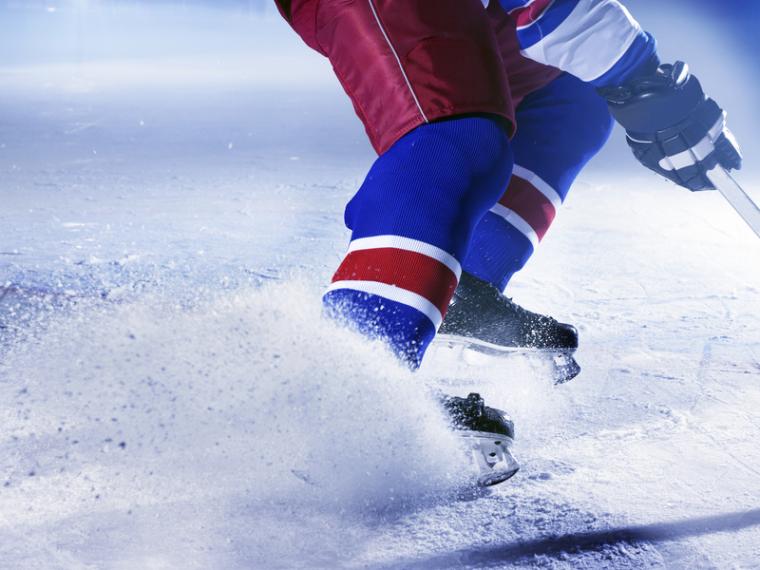

Remember the excitement over 3x3 basketball, the fast half-court sport presented at the Olympics in Tokyo for the first time? Get ready for its wintry counterpart: 3-on-3 ice hockey.
The International Ice Hockey Federation is seeking to bring international competition with the goal of According to Sports Pro Media, Luc Tardif, the new president of the International Ice Hockey Federation (IIHF), has the goal of introducing the new format at the international elite level, with an eye on the sport being part of the 2030 Winter Olympics.
Tardif told Radio Canada that while the 2026 Winter Olympics in Milan and Cortina would come too soon for the new format, the game’s global governing body is targeting future Games.
Tardif said: “I think it would go well with Gen Z. We have to be looking for new ways to play. Three-on-three hockey was experienced at the 2020 Youth Games in Lausanne, with players from all nations playing in different teams.”
If there were ever a correct button to press with the IOC, that one citing Gen Z is it. There has been a concerted effort on the part of the organization to adopt new disciplines and sports that harness the attention of youthful viewers.
According to Sage Journals, which publish academic research, the median age of U.S. viewers for the 2008 Beijing Olympics was 47, rising to 48 for the 2012 London Games, and 53 for the 2016 Rio Games (figures for the 2020 Games are not yet available, but the IOC is hoping that with the addition of sports like skateboarding and surfing, those numbers will start trending down). Action sports are seen as the key to getting – and keeping – the attention of a youthful audience. It is why breaking (the more modern term for what Boomers call breakdancing) is going to be featured in the 2024 Games in Paris.
Like 3x3 basketball, 3-on-3 hockey has a younger following. It has a smaller playing area (just as 3x3 basketball is played on a half court, 3-on-3 hockey is played on a half rink) and is viewed as an excellent means of teaching not only the sport but for taking a more active role in playing as part of a team.
And following a developmental camp to teach the new discipline, the IIHF heard positive reports.
“It was just very quick,” said one athlete. “You had to move your hands, think fast, and make plays quick on the small ice, it was very fun.”
According to the IIHF, the format for the 3-on-3 is as follows:
- 3 periods x 16 minutes
- Each player shift lasts exactly a minute (48 shifts in total)
- Goaltenders change every 8 minutes
- 3-minutes in between periods
- No body checking
Tardif noted that while hockey is already a staple of the Winter Olympics, he would like to see the opportunities expanded for athletes.
“We do a colossal job for the Olympics, but for only six medals, three for men, three for women. We invest $15 million to bring referees, and qualifications start a year and a half in advance. But I think …the impact of ice hockey is worth more. That’s why I say to myself: ‘We are going to push the three against three, to be a little more present’.”
In mid-January 2020, an international 3-on-3 league, 3ICE, was announced with a launch date of 2021; however, the current schedule, according to the website, is for a summer 2022 launch.
Time will tell whether the new discipline gains traction; however, with the rise of small-sided soccer tournaments and 3x3 basketball, as well as small-sided lacrosse, it is likely event owners will be more likely to view the model as a template for success, and to adopt the format for tournaments.

